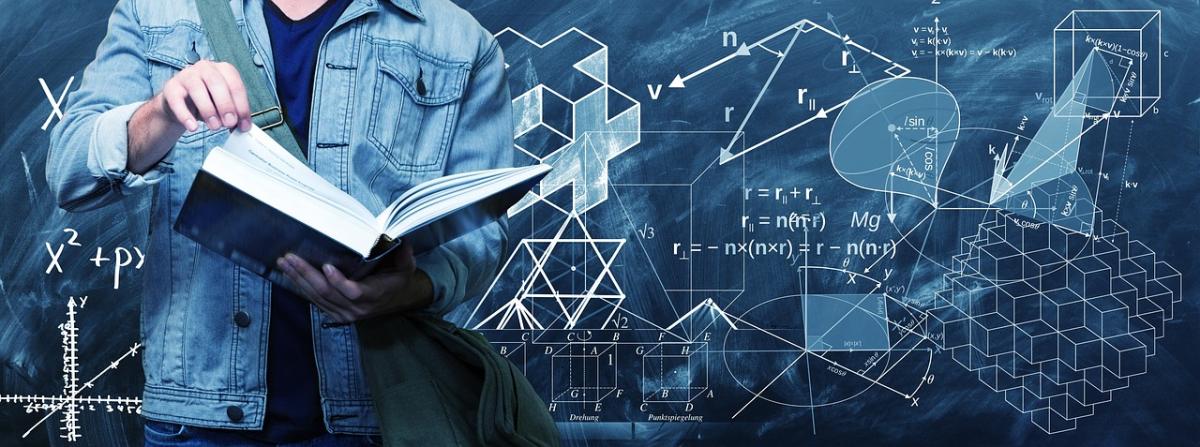
This lesson utilizes a digital level to provide real-world applications of slope and angle measurements. Making connections to careers and practical applications enables students to answer that
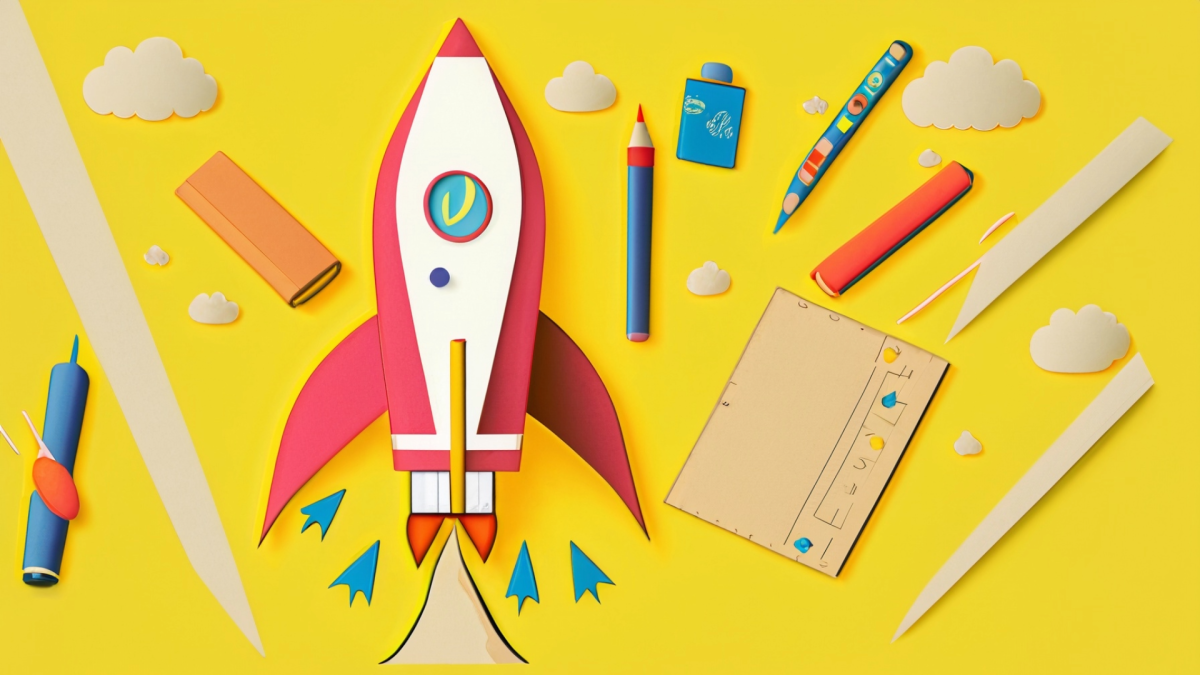
In this hands-on lesson, students create solid fuel rockets to explore the idea of parabolic motion and outside factors which can affect the path of a rocket. This lesson has enrichment involving the

In this engaging lesson, students will connect the path of a straw rocket to the arc of a parabola. By changing the angle of the launcher, they will discover the relationship between distance and

In this lesson, students explore gravitational potential energy changes with the mass of an object and the height from which it is dropped. Students record the drop in slow motion to capture the
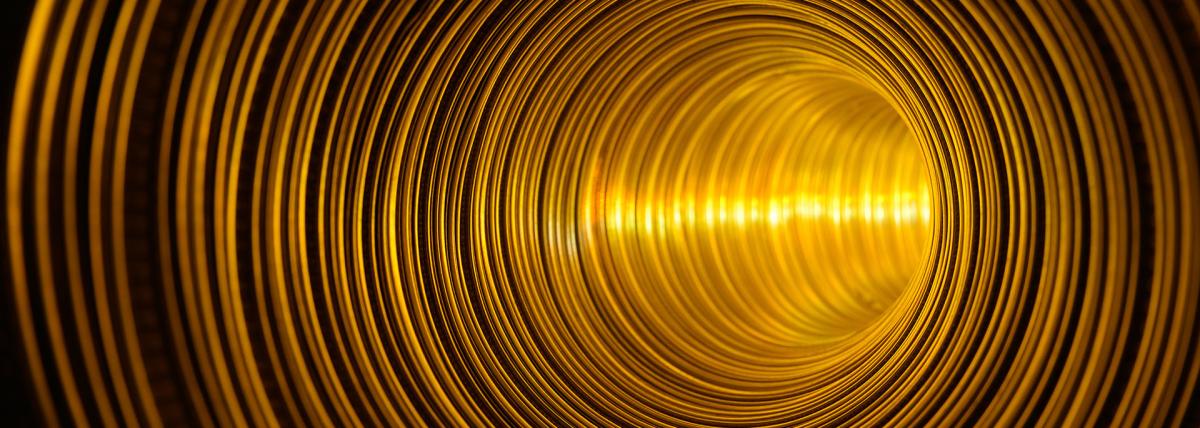
Intro to magnets purpose: students engage in practical experimentation. The primary objective of this lesson is to acquaint students with the concept that magnetic force can either draw objects closer

In this lesson students will be able to create an identified x and y-axes and be able to plot how stars fit onto the diagram. Stars have properties (listed within the activity) and will fit into the

Students will investigate the properties of different types of matter and apply the concept of "P1: Matter" to design, model, and 3D print an object using a MakerBot 3D printer. Hands-On STEM Design
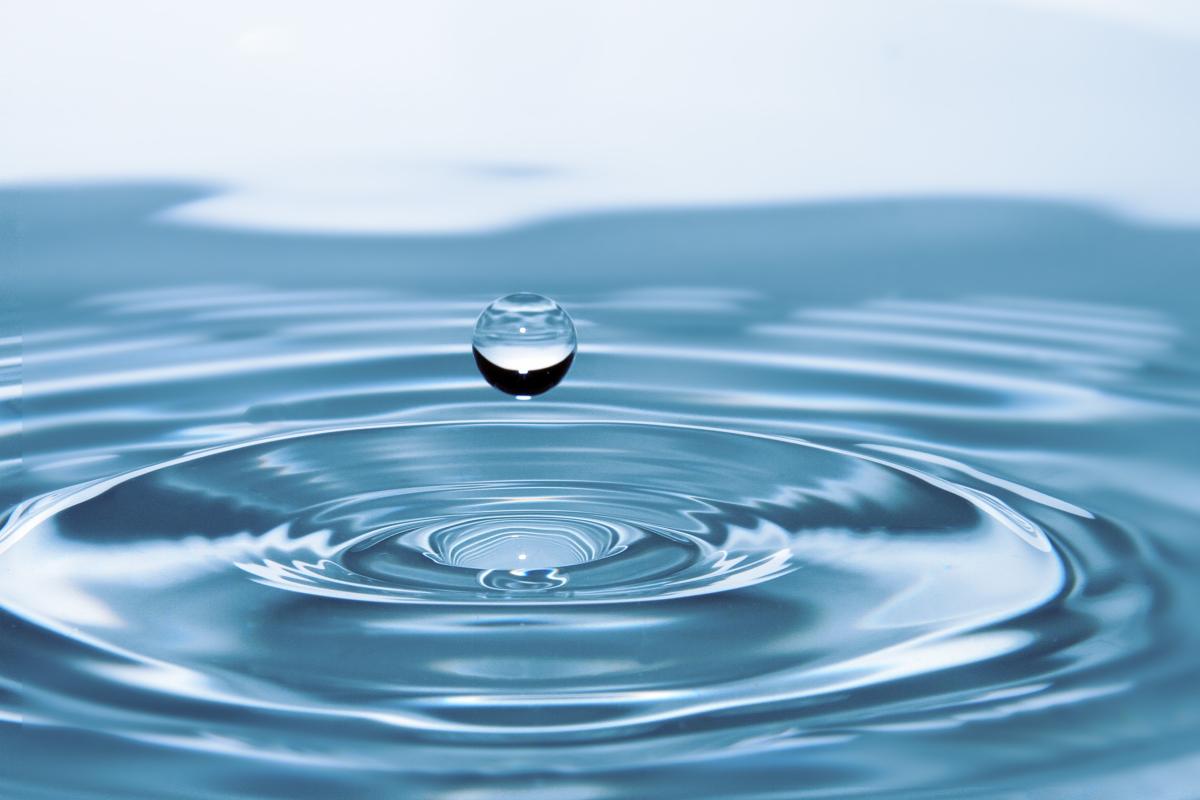
This lesson was designed because students love to compete, and it primes them to use the Engineering Design process to build a boat and revise their design as needed. Students must use at least one

Students are introduced to the current teams and given a brief history of their mascots. Then students research potential areas for an expansion team to start a new team (I do not limit them to just
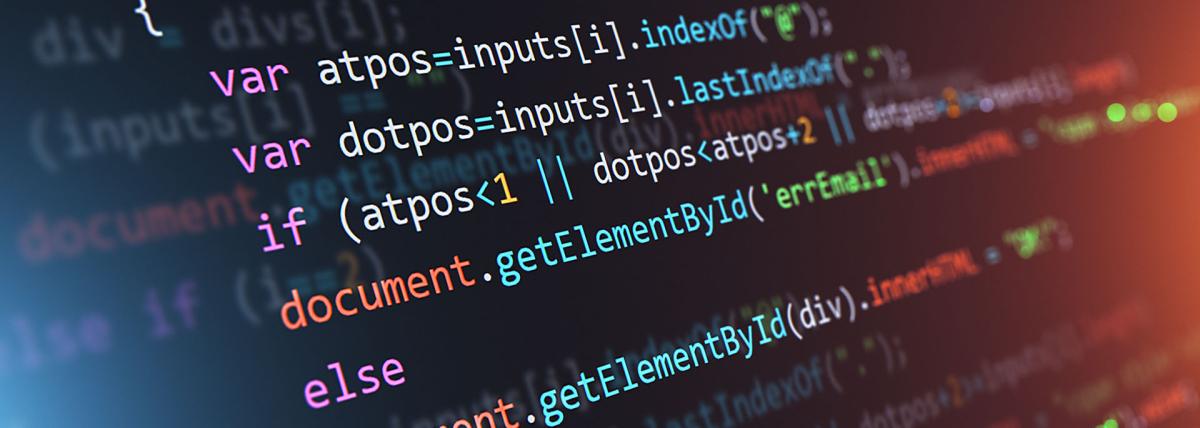
Have you ever wondered what the real reason was as to why Galaga was such a popular arcade game? Look no further this lesson has you covered. Students will create their very own modern version of
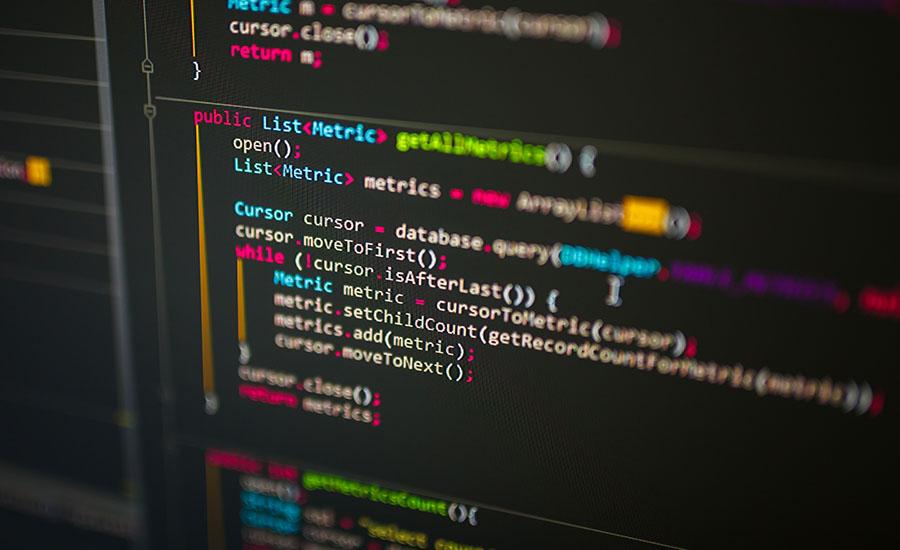
Intro to MS Make Code (Eat the Food)
MS MakeCode is the perfect stepping stone into the world of Scratch. Students will be able to create a working video game in one class period. As we all know classic video games were not built over

This STEAM lesson is ideal for Tucson/Pima County Middle School Students who can participate in the annual KIDStruction building contest but you can also duplicate many of the learning opportunities
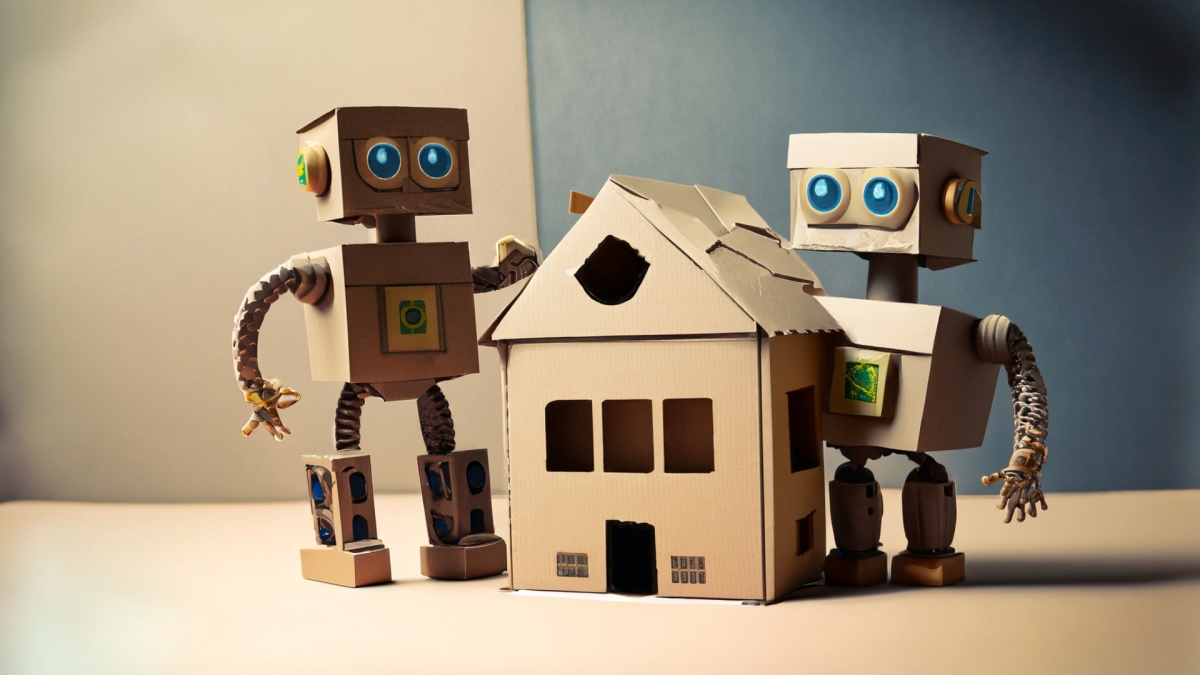
In this hands-on engineering and science project, students will become earthquake engineers tasked with designing and constructing earthquake-proof structures using toothpicks and mini marshmallows

In this project, 8th-grade students will engage in hands-on exploration of elastic potential energy and its conversion to kinetic energy using small catapults. Through experimentation and data
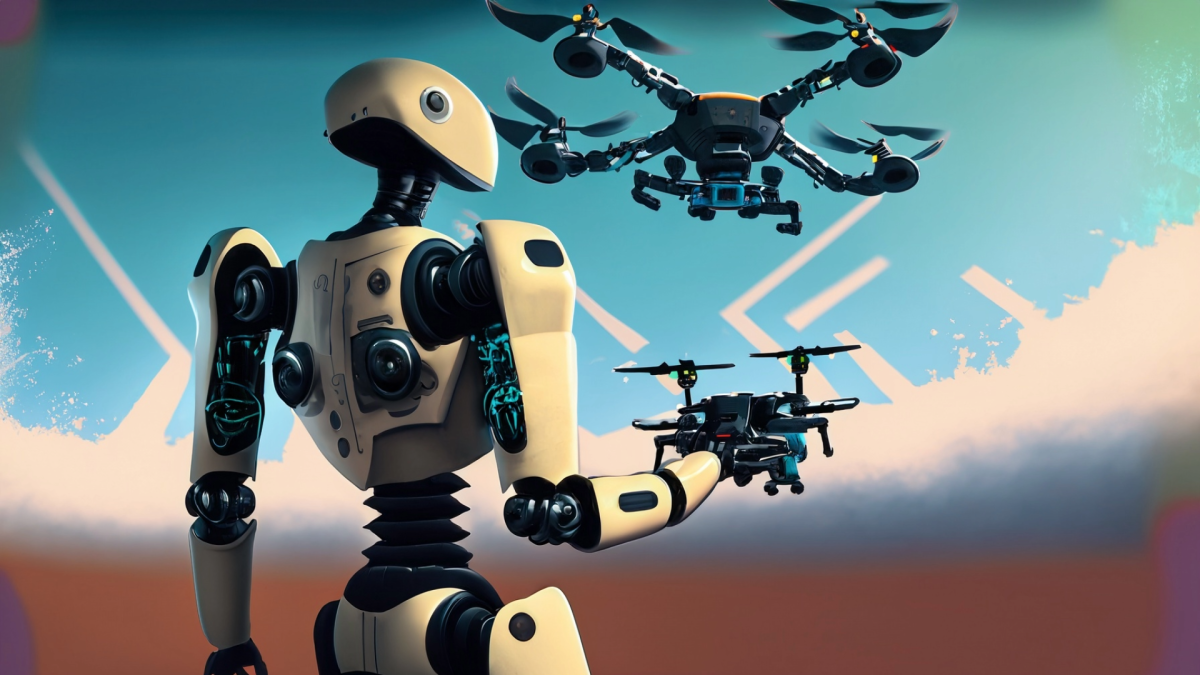
This is a fun unit that will discuss drones and gives students the opportunity to build an obstacle course to fly the drones through.

This hands-on lesson helps students understand the properties of 3D solids from their 2D base shapes and teaches them how to use CAD software to build their own 3D models of real-world objects by
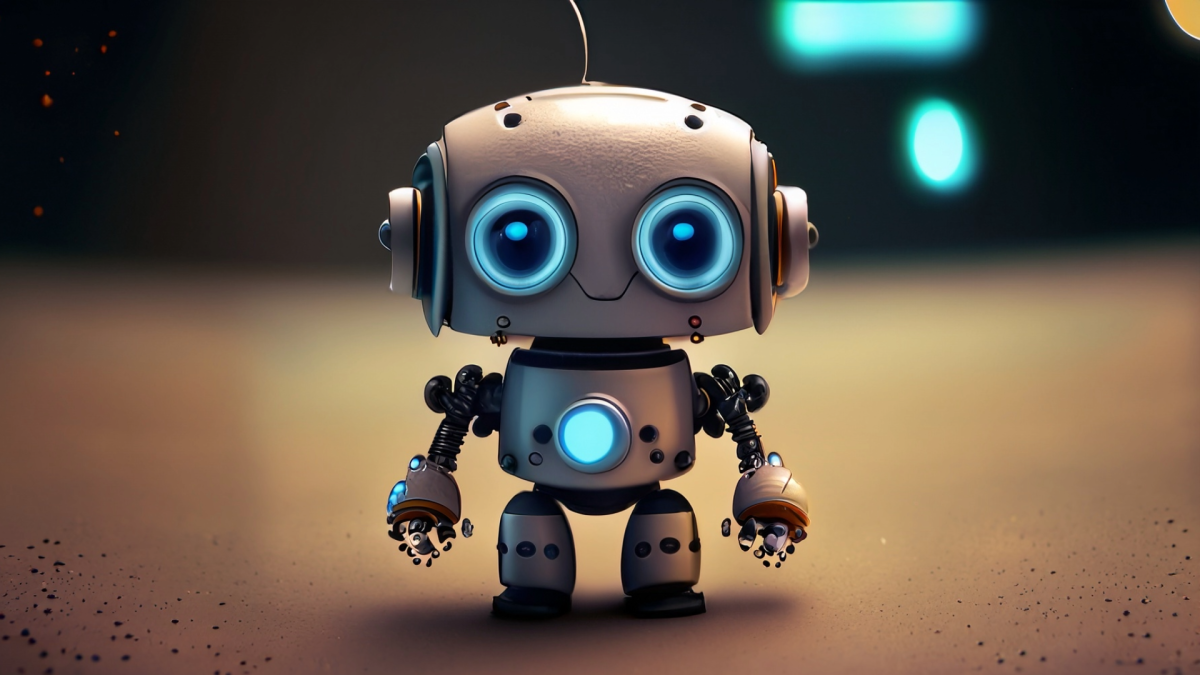
This lesson allows robotics students to redesign a working floor vacuum and design it to fit the needs of a robotics lab - it should be able to pick up heavier and larger objects or loose parts off

This is a continuation lesson in which we compare student data to the previous day's data using GeoGebra to help us generate dot plots and calculate statistics.

Students will create dot plots (both physically and using technology) to represent class data, determine important statistics, and interpret those statistics in context.

The investigation focuses on exploring the impact of hose length on water flow rate in a solar-powered pump system. Students will set up a simple experiment using a solar pump connected to hoses of
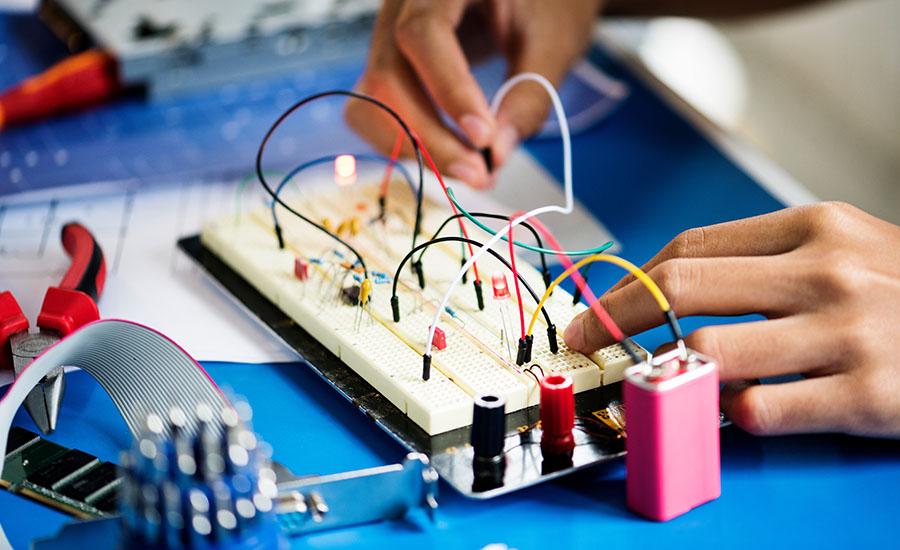
In this lesson designed for 7th grade, students will explore increasing and decreasing magnetic field of electromagnets by changing the iron core, wire gauge, or wire coils to determine which variable

It can be challenging to sort through the various robot options out in the market for educators. This lesson is for educators who have used robots or are new to using robots. The intention is to use

Students get to investigate how energy transfers using different phenomena. They practice using a Colorado PhET simulation on the differences between potential and kinetic energy. Students will

Students read the story "Just a Second" to introduce students to geologic time. Next, they are given an activity to understand how long is 4.6 billion years. Then students complete a lab that allows


